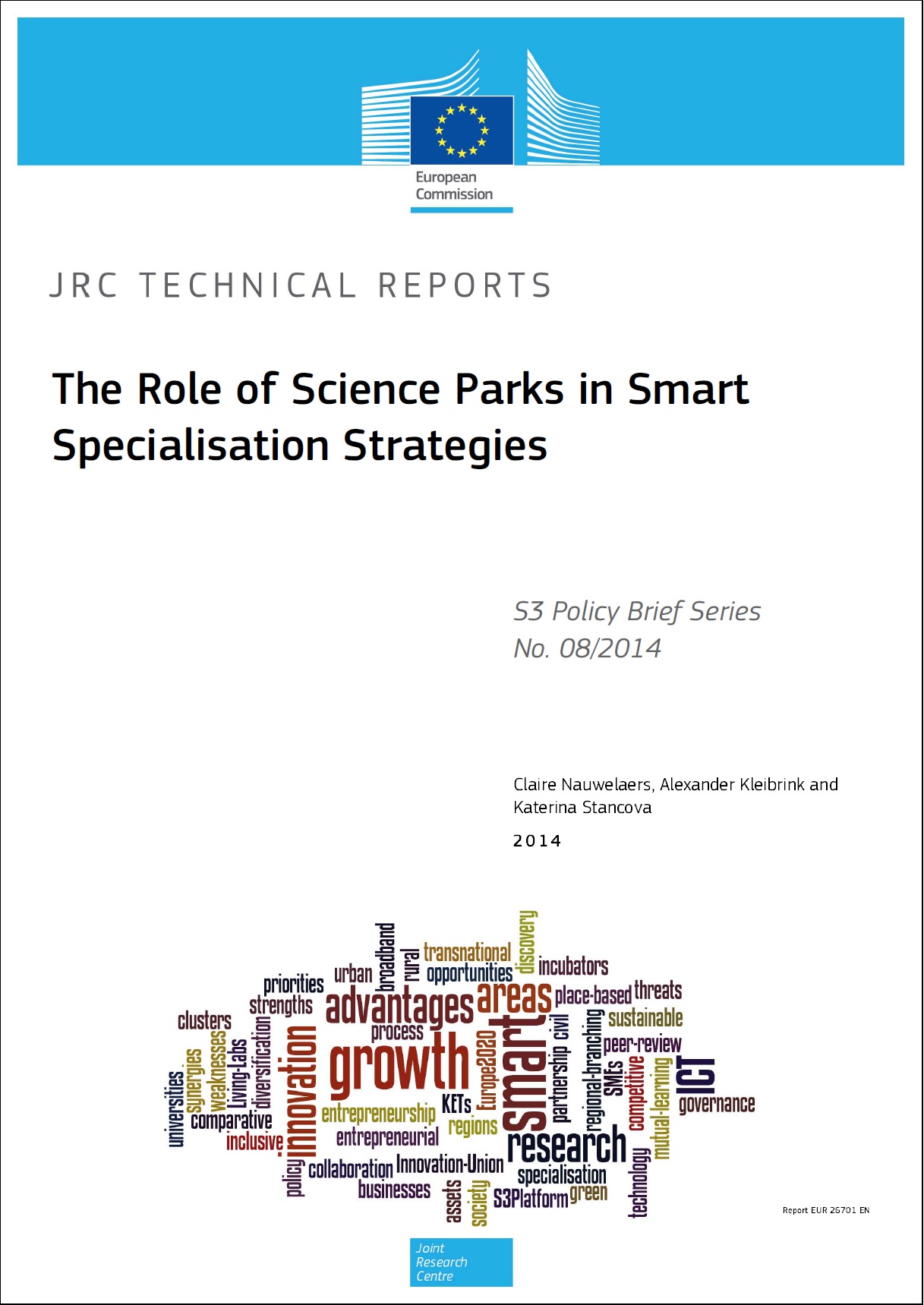The Role of Science Parks in Smart Specialisation Strategies
Science and technology parks (STPs) are common instruments used by regional and national authorities for regional development. Their main objective is to foster science-based growth poles to stimulate economic diversification away from declining industries.
Abstract
Science and technology parks (STPs) are common instruments used by regional and national authorities for regional development. Their main objective is to foster science-based growth poles to stimulate economic diversification away from declining industries. STPs are thus likely to include seeds for the domains of knowledge-intensive specialisation, on which regions can rely to increase their competitiveness. This is why STPs seem well placed to play a key role in innovation strategies for smart specialisation (S3). Yet, these contributions from STPs cannot be taken for granted. Their contribution to smart specialisation depends on STP model and specific context conditions. This Policy Briefs aims at exploring key roles for STPs in designing and implementing smart specialisation strategies as well as discussing opportunities and limitations for these local actors. Illustrative examples of STPs in Finland, England and the Netherlands show how STPs can actively and creatively contribute to the design of innovation strategies and to the external connectivity of their home regions.
Series
08/2014
